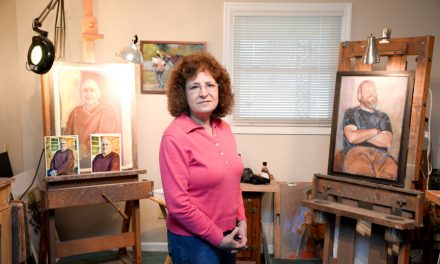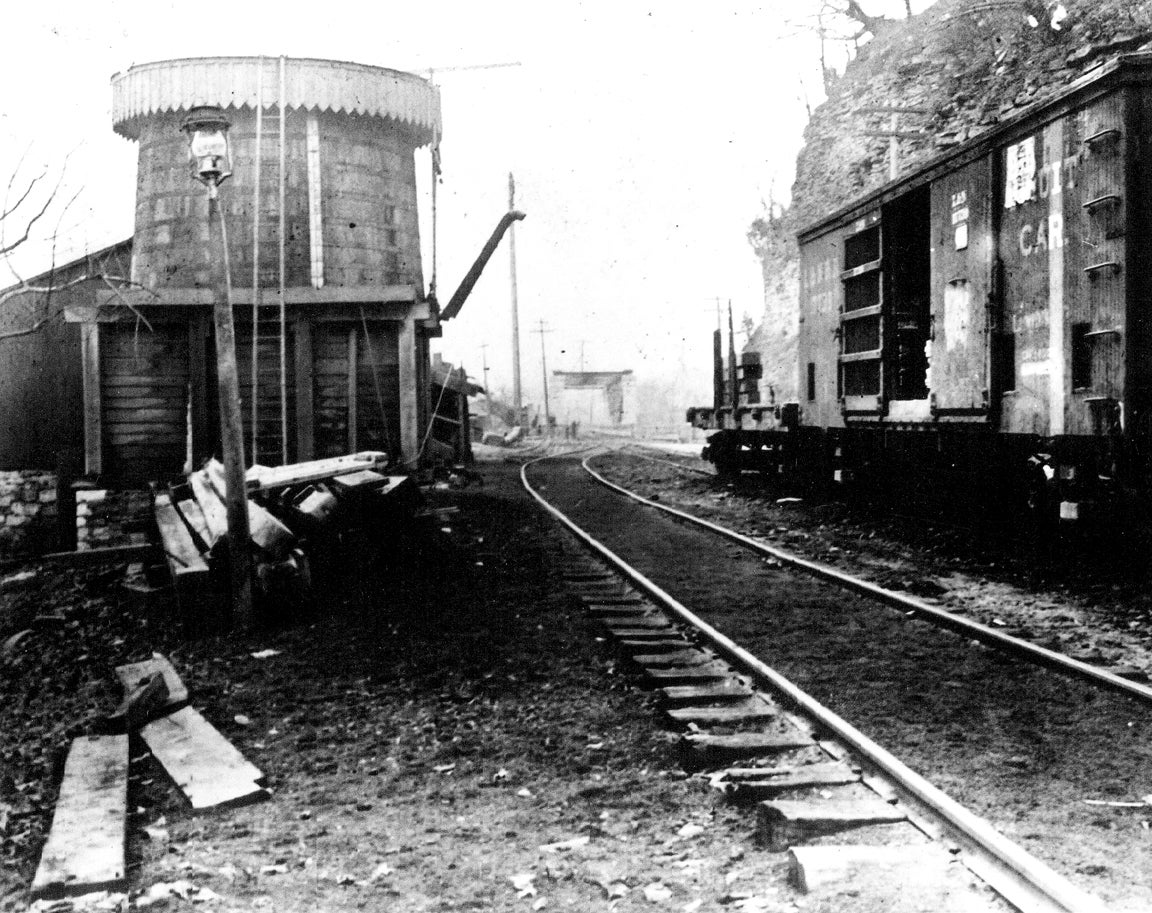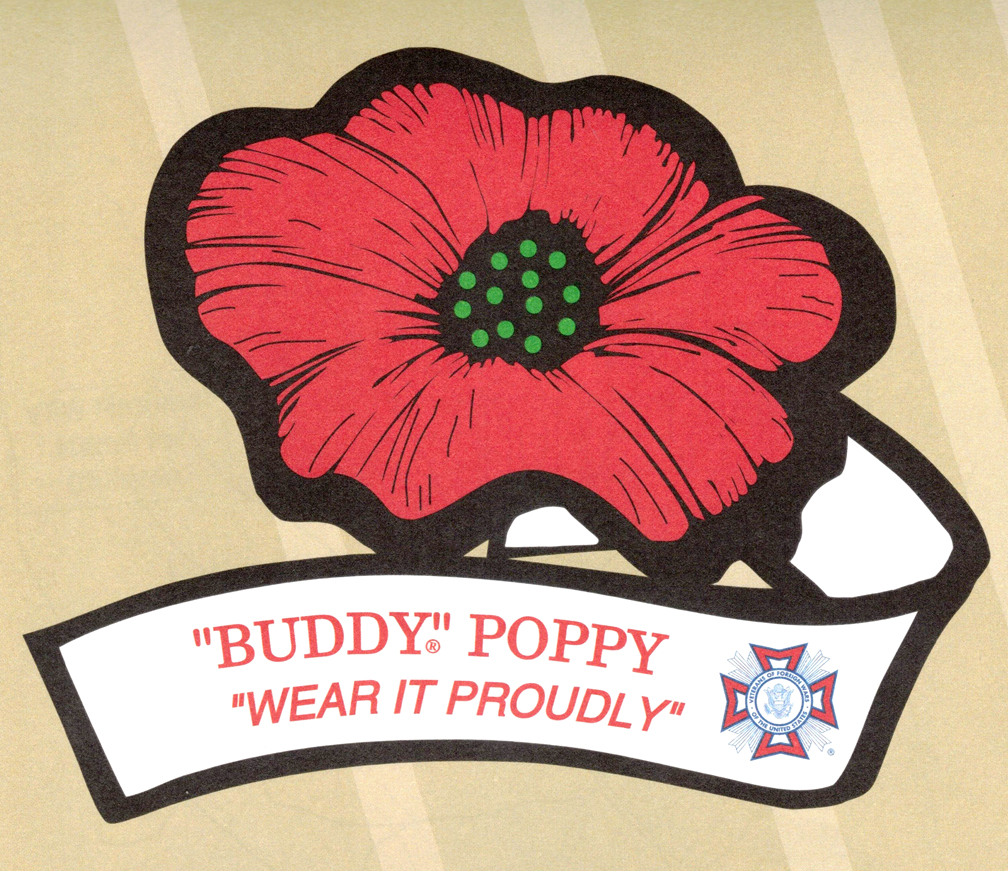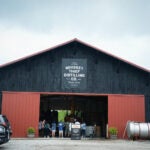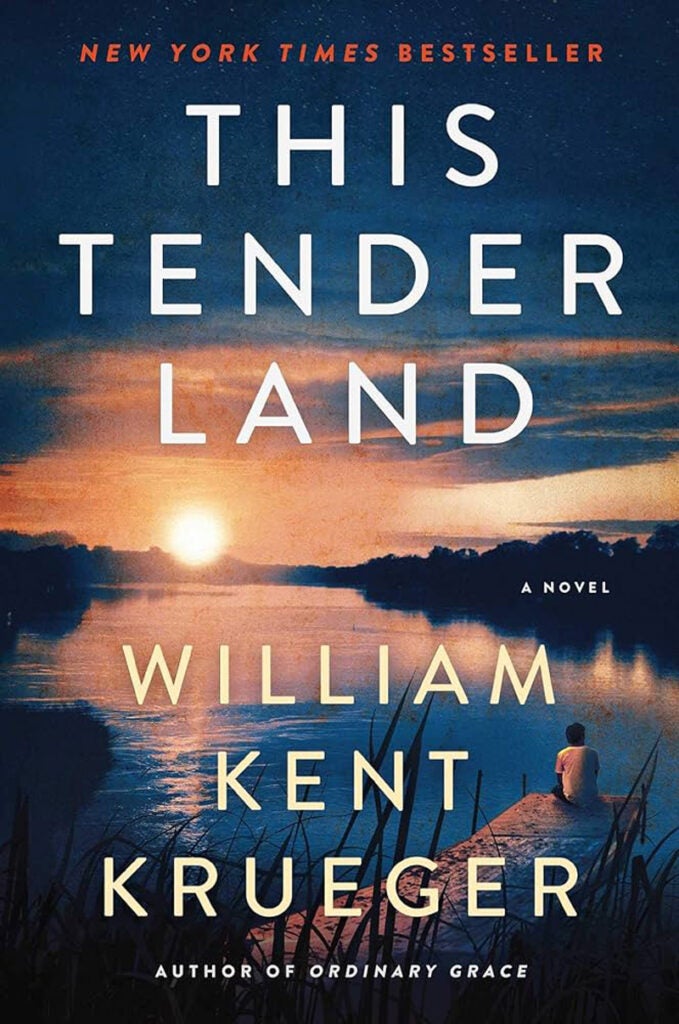
“This Tender Land: A Novel” by William Kent Krueger
If you loved “Where the Crawdads Sing,” you absolutely must read “This Tender Land.” William Kent Krueger has written 19 books including “Ordinary Grace,’ which won the Edgar Award for Best Novel, and is an expert at crafting a good story.
There are four wonderful characters, all orphans in the year 1932. Albert, the oldest, tries to be the responsible one keeping his younger brother safe. His brother, Odysseus or Odie, is the storyteller and often in trouble at the Lincoln Indian Training School, where his punishment is being locked overnight in the Quiet Room. Mose, a Native American whose tongue was cut out as a child, is the best friend of the brothers. And Emmy, younger than the boys joins them in their plot to escape the school and the Black Witch, who is the headmistress. Odie calls this group the Vagabond Family.
The Depression has hit Minnesota hard. And these children use an abandoned canoe to escape the school by paddling down the Gilead River. Their disappearance is reported as the kidnapping of Emmy, and coming on the heels of the Lindbergh kidnapping, the whole country is searching for them.
Emmy’s mother died in a tragic tornado, which also affected Emmy who now has fits where she makes mysterious comments but remembers nothing afterward.
Their goal is to reach St. Louis where the brothers remember once visiting an aunt. And, who might they encounter on their journey, but other runaways and misfits? The $500 bounty on their heads is enough that they trust no one.
Odie has decided that the God that they learned about in the school is not real, and that “God is a tornado,” destroying lives, especially Odie’s. This is confirmed when Albert is bitten by a poisonous snake. Odie tells the doctor that his brother would rather die than lose his leg and be an invalid for life.
There is quite a bit of “Huckleberry Finn” in the journey along the river. The group meets many characters, some more desperate than can be imagined.
The plot is also similar to “The Odyssey.” The children encounter a one-eyed farmer who reminds one of Homer’s Cyclops. Odie has his father’s harmonica and is drawn to music in the river towns not unlike the Sirens’ luring music.
In interviews, Krueger says he relied heavily on first-person accounts of survivors of the Lincoln Indian School, and the descriptions of the programs designed to “take away the Indian, but leave the man.” It is also obvious that Krueger drew from Dicken’s criticism of the British Boarding School and the discipline the children endured.
Krueger’s characters will capture your heart and their memorable story will color your own definition of home and family.
— Review by Lizz Taylor, Poor Richard’s Books
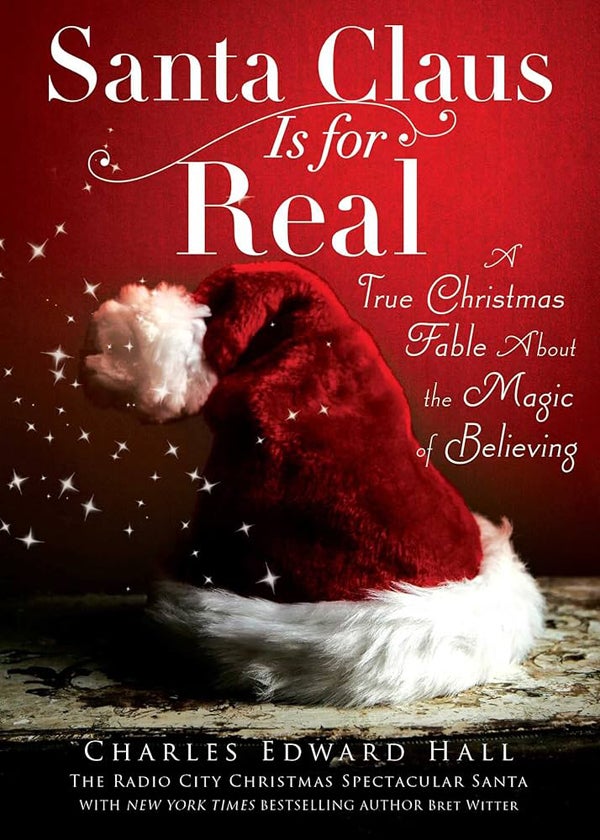
“Santa Claus Is for Real: A True Christmas Fable About the Magic of Believing,” by Charles Edward Hall with Bret Witter
Every kid has wondered and many have asked a parent if “Santa Claus is for real?” But, did you know that the longest-performing Santa Claus in the Radio City Christmas Spectacular was from Frankfort?
Charles Edward Hall grew up in the Thornhill neighborhood, and when he had downtime from the performances in New York City, he would spend part of each summer in Frankfort.
How does this happen to a Thornhill kid? Well, he always knew that he wanted to be an actor. And, his greatest desire was to be in a serious Broadway play. However, it seemed that the best he could do was get offerings for musicals.
After no work for two years, and eating only Cheerios, he got an offer from the Radio City Christmas Spectacular. He was to try out for the greatest character in the history of Christmas, Ebenezer Scrooge. Charles says that he thought Ebenezer wasn’t all bad. “He just had a hard childhood, a broken heart and lost his way.”
When Charles snarled, “Humbug on Christmas,” no one seemed impressed. But then he was asked to do a few scenes as Santa. Charles thought of his six-year-old self and recalled the feelings of wonder and joy. And of course, he could already sing and dance. But, would he ever get a Tony Award for being Santa? And, would being Santa impress the people back home?
Charles tells some wonderful stories about being Santa in front of 6,000 faces staring at the stage. Often as he jogged down the aisle toward the stage, a child would escape from their parents, and come up to hug him. Santa’s final words for the night were, “When you believe it, the magic is there.” He concludes in his story “that when you give with love, you become Santa Claus!”
Perhaps you traveled from Frankfort to see the Christmas Spectacular and never realized that the joyful, dancing Santa was from your hometown. One audience member wrote that she had seen Charles every Christmas for 36 years, and said “From his infectious energy, to the gentle beauty in his voice, he brought joy and happiness to us each and every year.”
— Review by Lizz Taylor, Poor Richard’s Books
“Bright Lights, Big Christmas” by Mary Kay Andrews
Recently unemployed as a graphic artist, Kerry Tolliver moved back home to the family Christmas tree farm in North Carolina. Days before the largest money maker for the farm, a three-week stint in New York City, Kerry’s dad suffered a heart attack and is unable to make the trip leaving Kerry to accompany her brother, Murphy, hauling Christmas trees and living in a decrepit trailer on a street corner.
Everyone in the neighborhood treats Murphy like family and welcomes Kerry with open arms, especially Patrick and his young son, Austin. Putting her artistic talents to use Kerry’s flair for decorating trees and making one-of-a-kind wreaths draws in even more customers, helping to ensure the family business will be around for another year.
Heinz, an elderly gentleman, takes his daily walk past the lot and always stops to chat. When Heinz doesn’t come around for a few days Kerry and Austin become worried and enlist Patrick and the other friends to find him. During the search, Kerry realizes how much the little neighborhood, and Patrick and Austin, mean to her. She must decide if she can trust her heart and her art to make a life under the bright lights.
This book definitely put me in the Christmas spirit! I’m ready for hot chocolate by the fire, homemade cookies and making decorations!
— Review by Karyn Collins, Paul Sawyier Public Library

“We Need to Talk About Kevin” by Lionel Shriver
“We Need to Talk About Kevin” is a novel that takes a lot of risks. It’s written in an epistolary format, it’s over 400 pages long, and it presents an unflinching look at the marriage between America and gun violence. None of these aspects fit a traditional best-seller.
Written by Lionel Shriver and published in 2003, it asks questions that we still do not have any answers to 20 years later. The book consists of a chronological series of letters written by Eva Khatchadourian to her husband Franklin. She often shares nostalgic details of their lives together, her inner thoughts, her hesitation at becoming a mother and the stress of her professional life.
However, these letters always circle around one main topic — their son, Kevin. You quickly learn that Kevin is in prison, the perpetrator of an act of mass school violence, and we learn by bits and pieces the circumstances of Kevin’s childhood through his mother’s eyes. Through these recollections, Eva is searching for answers. Was it their fault? Nature’s fault? No one’s fault?
Her questions mirror the questions we all have when faced with these tragedies. Among these is the question of a mother’s love and what it means to be truly unconditional. This is not an easy novel to read, but it’s an important one, and it packs a gut punch.
— Review by Ernie Dixon, Paul Sawyier Public Library


